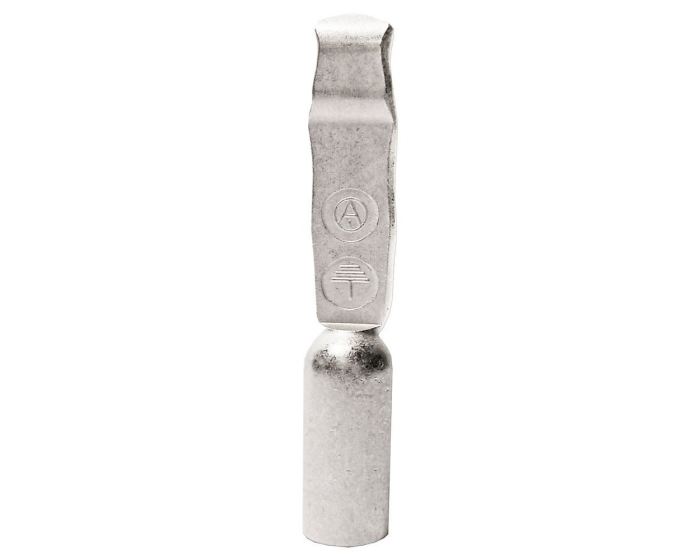Hi ESFMs,
Every so often, I get a flakey charge connector where I end up having to position the cable in just the right way AND make sure it doesn't get bumped while it's charging.
Right now I have this flakey XRL connector but I've had this problem with coaxials and RCA.
Both my soldering skills and my patience are poor. So, I was thinking, can I simplify by just having bullet connectors that I crimp on? Like that, if one flakes, I can just replace it without pulling out the soldering iron and hope that I did a good job.
Can this work? Is it safe?
Clinton
Every so often, I get a flakey charge connector where I end up having to position the cable in just the right way AND make sure it doesn't get bumped while it's charging.
Right now I have this flakey XRL connector but I've had this problem with coaxials and RCA.
Both my soldering skills and my patience are poor. So, I was thinking, can I simplify by just having bullet connectors that I crimp on? Like that, if one flakes, I can just replace it without pulling out the soldering iron and hope that I did a good job.
Can this work? Is it safe?
Clinton




